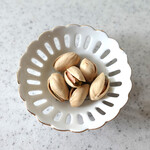
ローソン 天現寺店
LAWSON
3.03
Shirogane
--
--
東京都渋谷区恵比寿3-39-5
Photos
(10)

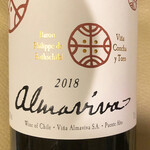
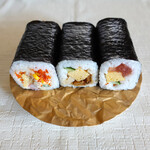
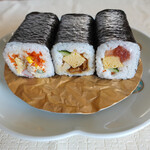
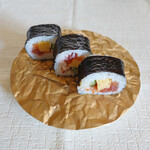
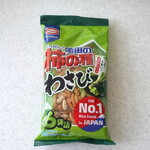
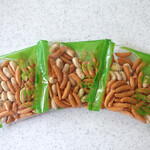
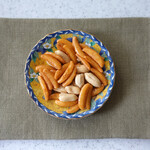


Details
Payment Method
Credit cards accepted
Electronic Money Accepted
Private Dining Rooms
None
Parking
None
Comments
(3)
マダム・チェチーリア
3.60
My encounter with Ehomaki (lucky direction sushi roll) was over a decade ago, at my uncle's house in Jiyugaoka. My cousin said, "Today is Setsubun, so let's all eat Ehomaki together! I've bought one for C-chan too!" I'm not a big fan of thick sushi rolls, but seeing everyone holding big rolls and eating in the same direction, including my uncle and aunt, made it a memorable and enjoyable experience. This year's lucky direction is north-northwest, which for me immediately brings to mind the movie "North by Northwest" starring Cary Grant in 1959. Ehomaki is a sushi roll traditionally eaten on Setsubun, the day before the beginning of spring, to ward off evil spirits and invite good luck. Lawson offers Ehomaki with different fillings, and this year, they introduced a reservation system to reduce food waste. I chose three types of Ehomaki: Salad Ehomaki, Seven Lucky Gods Ehomaki, and Seafood Ehomaki. Each roll is small in size, making it easier to eat. I followed the tradition of facing the lucky direction, dipping the roll in soy sauce only once, and eating it in silence. Though the square shape of the Ehomaki was a bit disappointing, the flavors were enjoyable. Eating Ehomaki in silence is believed to bring good luck, and the tradition dates back to the Edo and Meiji periods in Osaka. The recent Ehomaki trend started in 1989 when a convenience store in Hiroshima introduced a luxurious sushi roll for Setsubun, which became a hit and spread nationwide. Lawson has embraced this tradition, and their Ehomaki rolls come with a variety of fillings, making it a popular choice for Setsubun celebrations.

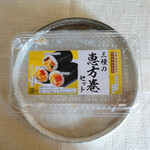
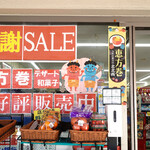
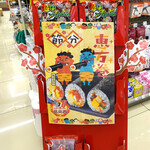
マダム・チェチーリア
3.60
When it comes to Kakinotane (Japanese rice crackers) snacks, the original and authentic brand from Niigata, Naniwaya, comes to mind. But have you heard of wasabi-flavored Kakinotane? Kameda Seika's "Wasabi" Kakinotane is also available at Lawson convenience stores. Made with wasabi powder from Azumino, these Kakinotane snacks have a sharp wasabi kick that even those who don't like spicy foods, like myself, can handle because the wasabi sensation quickly fades away. Compared to Naniwaya's Kakinotane, Kameda Seika's version has a slightly lighter texture but packs a stronger wasabi punch. The packaging proudly states "Number 1 Rice Snack in Japan" and features an illustration of Japan's highest peak, Mount Fuji, based on the brand's total sales from January to December 2019 (source: INTAGE SRI Senbei and Arare). When it comes to wasabi Kakinotane, is Kameda Seika the go-to brand? At Tengenji Store (located near Tengenji intersection in Ebisu, Tokyo), the 6-pack of these snacks is popular, with customers often hearing, "This is the last pack for today!" Kameda Seika, with its headquarters in the rice-producing region of Niigata, was established in 1957, 33 years after the original Kakinotane brand, Naniwaya. The company's roots trace back to a processing plant established in 1946 by the Kameda village farmers' cooperative, initially focused on making rice snacks. However, due to the labor-intensive process and unsustainable costs, they shifted to Kakinotane production in 1950. While bulk sales were prevalent until 1960, in 1966, they started selling a mix of Kakinotane and peanuts, creating the iconic "Kakinopee." There are various theories about how Kakinopee was born, with one suggesting that it originated in a Tokyo hotel bar where it became popular among foreign patrons as a snack. Regardless of the origin, Kakinopee's sales doubled the following year and have continued to thrive. In 1977, Kameda Seika introduced individually wrapped 6-pack Kakinotane, and in 2020, they adjusted the ratio of Kakinotane to peanuts from 6:4 to 7:3, marking a significant change for the company. Beyond Japan, Kakinopee gained popularity during the Dry Beer boom from 1988 to 1993, becoming a staple snack with beer. In 2008, Kameda USA was established in California, further expanding the brand's reach. The gluten-free trend in the US also played a crucial role in Kameda Seika's success, with the company launching gluten-free Kakinopee in 2013, appealing to health-conscious consumers. While the snack may be three times spicier than the original, it's a must-try for those who enjoy a crunchy, shiny, and flavorful Kakinotane experience.




マダム・チェチーリア
3.60
First of all, the package is stylish with a beige color and cute illustrations under the photos of the nuts. From left to right - Almonds and Macadamia (35g), Cashews (42g), Pistachios (36g). The new taste sensation comes from the American pistachios roasted with domestically produced sea salt, giving them a rich flavor. The cashews from India or Vietnam, seasoned with salt and olive oil, have a sweetness that is very enjoyable. The almonds and macadamia nuts from America or Australia, also seasoned with olive oil, are a great find with macadamia in a convenient pack at the convenience store. It was interesting that the almonds, macadamia, and pistachios each have a proper carbohydrate indication per bag (3.4g, 3g), but the cashews did not. The photos are very detailed, with each nut placed in a beautiful dish to make them look the most delicious. I received Alma Viva as a birthday present, thinking of "hopeful spring light" for my birthday on the first day of spring. When I checked the 2018 vintage, I found out that it was a great vintage year for Alma Viva from the Maipo Valley in Chile, with all the climate conditions aligning perfectly for the first time in 10 years. Due to its high aging potential, I decided to let it rest in the cellar and enjoy it with a 2018 Maison Champi Chablis. Alma Viva is a premium wine from Chile, produced by Concha y Toro and Baron Philippe de Rothschild, following the same concept as Chateau Mouton Rothschild and Opus One. It is a wine born from the expertise of top Bordeaux houses and the terroir of Chile, made from Merlot, Cabernet Sauvignon, Petit Verdot, and Carmenere. It has a high aging potential, promising a powerful and elegant finesse. While long-term aging at home is not possible, it should be fine for about 2 years. Exciting times ahead!
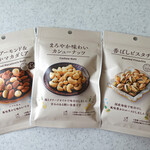
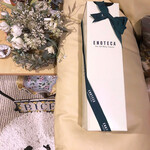


Email Login